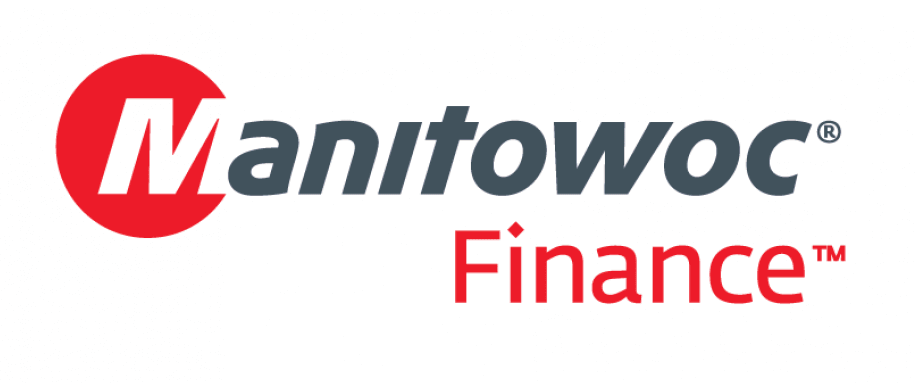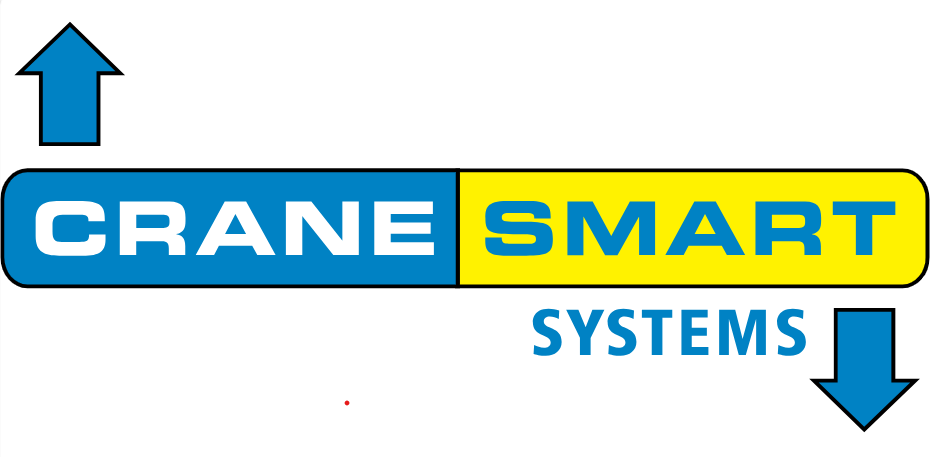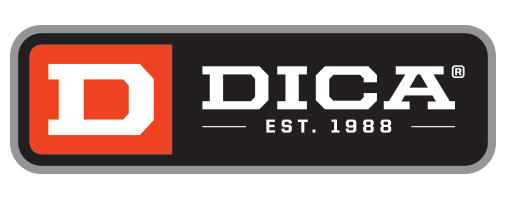Looking Up convened a panel of experts to discuss the crucial aspects of boom maintenance and repair.
To protect your crane investment, it’s crucial to stick to regular maintenance schedules, especially if your equipment is in constant use. Following some reasonable steps can ensure no downtime and that your crane is always ready for the field. Please note: Always refer to the crane service manual or your authorized local distributor for specific details and instructions on preventive maintenance, checks and repairs.

Looking Up convened a panel of crane experts at Manitowoc Cranes to discuss proper crane maintenance and repair. The panel included Senior Manager of Encore Remanufacturing Operations Andy Claybrook, Structural Engineer Gary Herrmann and North American GMK Product Service Manager Jack Kramer. Following are the major points of assuring a crane boom lasts as long as possible and what to do in the event of a boom failure.
Optimum lubrication ensures smooth operations and reduce pinning problems (applicable to booms with internal locking/pinning systems)

The boom should be greased regularly to ensure smooth operation and reduce the chance of chattering, sticking and pinning problems. Many manufacturers will offer dedicated boom lubricating tools. Generally, depending on model, one would remove the plates from both sides of the boom section openings and use a lance to spray the internal sliding surfaces on both sides. For the outer sliding surfaces, use the nozzle gun to spray the grease quickly and evenly. Repeat the procedure for all boom sections, then fully extend and retract the boom to distribute the grease
It is important to keep the paint in good shape to avoid corrosion issues

One of the most important aspects of boom upkeep that is often overlooked is corrosion. Crane owners should keep their equipment well-painted at all times. Today’s boom construction has moved to high-strength steel, some of which cannot be repaired without reducing its strength. This makes regular checks and maintenance that much more important, since if these booms become corroded, they can be very expensive to replace. In short, checking for corrosion regularly can save crane owners a lot of money.
Periodic inspections help avoid costly repairs/boom rebuilds

Always consult the crane service manual for maintenance schedules and checks. The frequency of maintenance checks depends on crane model, usage and even the environment a crane is in (for example, cranes operating near the ocean can corrode more rapidly).
Regarding boom lubrication, in addition to lubricating the outside slide surfaces (applicable to booms with internal locking/pinning systems):
-
Lubricate the telescoping cylinder guide rails
-
Lubricate the top inside section wear pads at the midpoint and 100 percent pinning points of all sections
-
Lubricate the bottom inside wear pad track(s) of telescoping section 1
-
Lubricate the boom section pin(s) of all sections

What to do in case of an accident that damages the boom
If damage occurs to the boom, contact your authorized local distributor. In the case of an accident, we recommend that the crane owner submit an accident report to the crane manufacturer, typically through their dealer.

Based on the details of the accident, the crane manufacturer can help identify appropriate inspections to determine the extent of damage and for potential damage that may not be initially apparent. Depending on the results of the inspections, manufacturers will typically develop and provide repair instructions specific to any necessary structural repairs or offer direct remanufacturing support.
Structural repairs made without OEM approval are considered by Manitowoc to be a “modification” since the design criteria, including safety factors and material specifications, is proprietary information and is not published. Modifications or additions which affect the capacity or safe operation of a crane are prohibited by OSHA requirements (29CFR1926.1434) without requesting and receiving approval from the manufacturer. Unauthorized structural repairs could result in the crane becoming unsafe to operate.
- Log in to post comments















